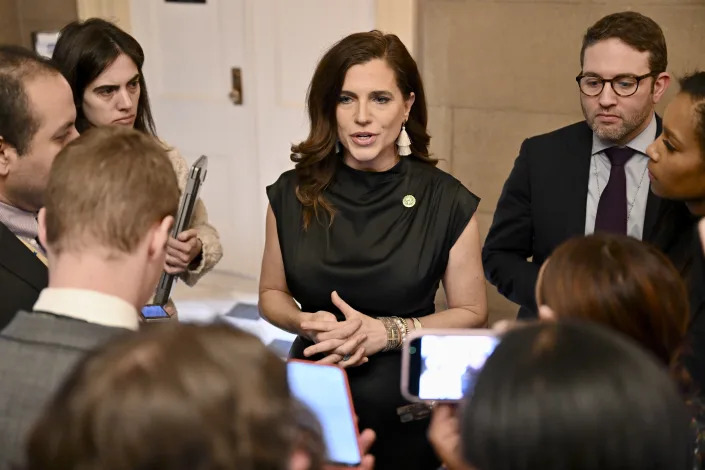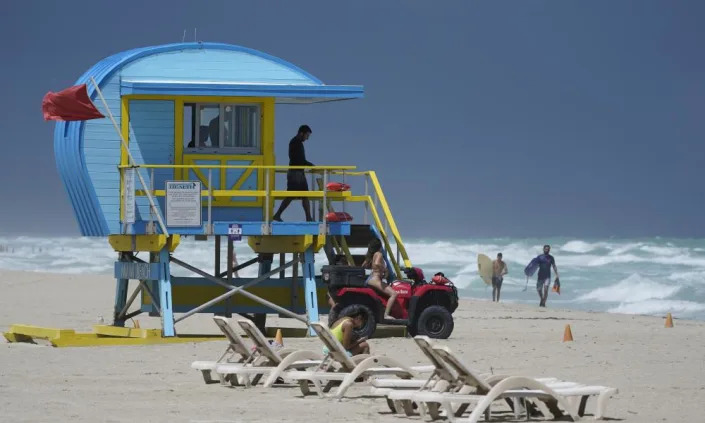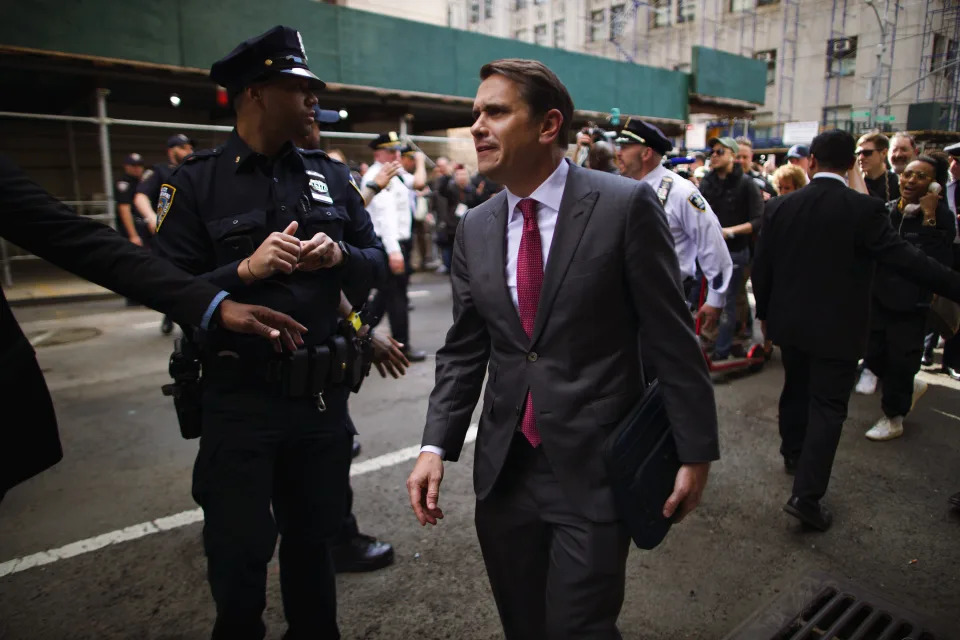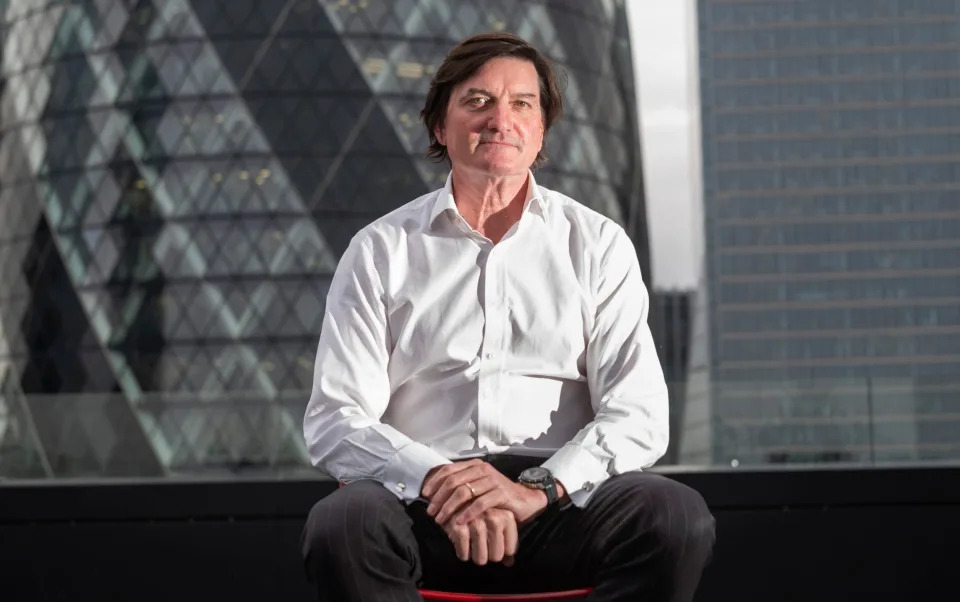The New York Times
Pressured by Their Base on Abortion, Republicans Strain to Find a Way Forward
Jonathan Weisman – April 11, 2023

Republican leaders have followed an emboldened base of conservative activists into what increasingly looks like a political cul-de-sac on the issue of abortion — a tightly confined absolutist position that has limited their options before the 2024 election season, even as some in the party push for moderation.
Last year’s Supreme Court decision overturning a woman’s constitutionally protected right to an abortion was supposed to send the issue of abortion access to the states, where local politicians were supposed to have the best sense of the electorate’s views. But the decision on Friday by a conservative judge in Texas, invalidating the Food and Drug Administration’s 23-year-old approval of the abortion pill mifepristone, showed the push for nationwide restrictions on abortion has continued since the high court’s nullification of Roe v. Wade.
Days earlier, abortion was the central theme in a liberal judge’s landslide victory for a contested and pivotal seat on the state Supreme Court in Wisconsin. Some Republicans are warning that the uncompromising position of their party’s activist base could be leading them over an electoral cliff next year.
“If we can show that we care just a little bit, that we have some compassion, we can show the country our policies are reasonable, but because we keep going down these rabbit holes of extremism, we’re just going to keep losing,” said Rep. Nancy Mace, R-S.C., who has repeatedly called for more flexibility on first-term abortions and exceptions for rape, incest and the life and health of the mother. “I’m beside myself that I’m the only person who takes this stance.”
She is far from the only one.
The chair of the Republican National Committee, Ronna McDaniel, has been showing polling to members of her party demonstrating that Americans largely accept abortion up to 15 weeks into a pregnancy and support the same exemptions that Mace wants. Dan O’Donnell, a conservative radio host in Wisconsin, wrote after the lopsided conservative defeat in the state Supreme Court contest that abortion was driving young voters to the polls in staggering numbers and that survival of the party dictated compromise.
“As difficult as this may be to come to grips with, Republicans are on the wrong side politically of an issue that they are clearly on the right side of morally,” he wrote.
The problem goes beyond abortion. With each mass shooting, the GOP’s staunch stand against gun control faces renewed scrutiny. Republicans courted a backlash last week when they expelled two young Democratic lawmakers out of the Tennessee state legislature for leading youthful protests after a school shooting in Nashville that left six dead. Then on Monday came another mass shooting, in Louisville, Kentucky.
“My kids had friends on Friday night running for their lives,” said Mace, referring to a shooting on South Carolina’s Isle of Palms, which elicited no response from most of her party. “Republicans aren’t showing compassion in the wake of these mass shootings.”
The party’s stand against legislation to combat climate change has helped turn young voters into the most liberal bloc of the American electorate. And Republican efforts to roll back LGBTQ rights and target transgender teenagers, while popular with conservatives, may be seen by the broader electorate as, at best, a distraction from more pressing issues.
Rep. Mark Pocan, an openly gay Democrat from Wisconsin, said Monday that in the short term, the Republican attacks on transgender Americans were having a real-world effect, with a rise in violence and bigotry. But he said it is also contributing to the marginalization of the party, even in his swing state.
He pointed to the “WOW counties” that surround Milwaukee — Waukesha, Ozaukee and Washington — where then-Republican Gov. Scott Walker won 73% in 2014, and where the Republican, Dan Kelly, won 58.7% in the state Supreme Court race last week.
“We keep seeing our numbers increase in those counties because those Republicans largely are economic Republicans, not social Republicans,” Pocan said, adding that GOP candidates “definitely are chasing their people away.”
Mace does appear to be correct that her desire for compromise is not widely shared in a party in which analysts continue to look past social issues to explain their electoral defeats.
Kelly was a poor candidate who lost by an almost identical margin in another state Supreme Court race in 2020, noted David Winston, a longtime pollster and strategist for House Republican leaders. And, Winston added, Republicans may have lost female voters by 8 percentage points in the 2022 midterm elections, but they lost them by 19 points in 2018.
If inflation and economic concerns remain elevated, he added, the 2024 elections will be about the economy, not abortion or guns.
Republicans greeted the abortion-drug ruling on Friday, by Judge Matthew J. Kacsmaryk of the U.S. District Court for the Northern District of Texas, with near total silence. The judge gave the Biden administration seven days to appeal, and on Monday, senior executives of more than 250 pharmaceutical and biotech companies pleaded with the courts to nullify the ruling with a scorching condemnation of Kacsmaryk’s reasoning.
Most anti-abortion advocates are not backing down. Katie Glenn Daniel, the state policy director for Susan B. Anthony Pro-Life America, one of the most powerful anti-abortion groups, said Wisconsin’s results were more about anti-abortion forces being badly outspent than about ideology. In her state, Florida, she noted, Democrats scorched Republicans with advertising in 2022 saying they planned to ban abortion without exceptions. Republicans, from Gov. Ron DeSantis on down, easily prevailed that November.
Republicans need to keep pressing with abortion restrictions that will affect Democratic states as well as Republican ones, she said.
“A national minimum standard is incredibly important. Without it there will continue to be late-term abortions, and governors like Gavin Newsom are very motivated to force his views on the rest of the country,” she said of California’s Democratic governor.
Last week, the Florida state Senate approved legislation pushing the state’s ban on abortion from the current 15 weeks into pregnancy to six weeks. If the state’s House of Representatives approves it, DeSantis has said he will sign it. If DeSantis runs for president as expected, his signature would thrust abortion squarely into the 2024 race for the White House.
Last year, John P. Feehery, a veteran Republican leadership aide in the House, urged his party to find a defensible position on abortion that included flexibility on abortion pills, allowed early pregnancies to be terminated and detailed a coherent position on exceptions for rape, incest and health concerns. He said Monday that he was repeatedly told abortion would be a state-level issue and federal candidates should just stay quiet.
“They didn’t want to do the hard work on abortion,” he said, blaming “a lack of leadership” in the party that still has the Republican position muddled.
Guns are another issue where silence is not working. The shooting in Louisville, which left six dead, including the gunman, and eight wounded, kept the issue of guns in the spotlight after last week’s heated showdown in Tennessee — and before a three-day gathering of the National Rifle Association on Friday in Indianapolis. The Kentucky attack was the 15th mass shooting this year in which four or more victims were killed, the largest total in a year’s first 100 days since 2009, according to a USA Today/Associated Press/Northeastern University database.
“You can’t stop paying attention after one horrible event happens. You have to watch what happens afterward,” said Rep. Maxwell Frost, 26, a Florida Democrat who last year became the first member of Generation Z to be elected to the House.
Voices for compromise are beginning to bubble up, in some cases from surprising sources. Carol Tobias, president of the National Right to Life Committee, one of the country’s largest anti-abortion groups, said Monday that even she was “somewhat concerned” that the Republican Party might be getting ahead of the voters on abortion. Her organization has drafted model legislation to ban abortion at the state level in every case but when the life of the mother is in grave danger. But, Tobias said, that legislation comes with language to extend those exceptions to the “hard cases,” pregnancies that result from rape or incest, or that might harm a mother’s health.
“We’ve always known the American public does not support abortion for all nine months of a pregnancy,” she said. “They want some limits. We are trying to find those limits.”
She added, “If we can only at this time save 95% of the babies, I am happy to support that legislation.”














